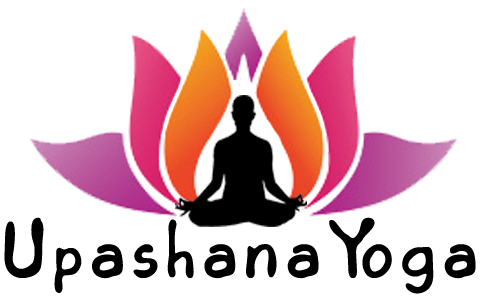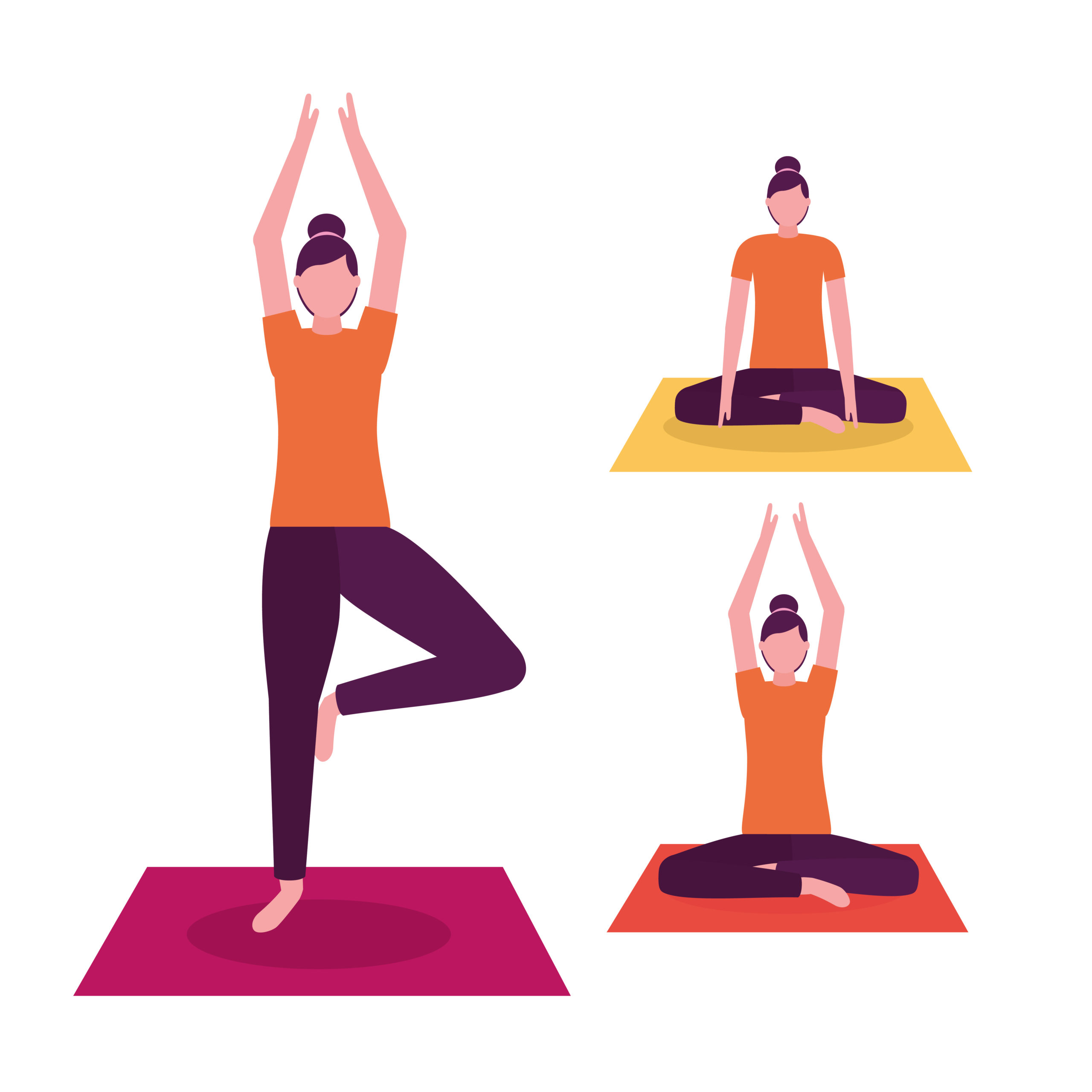
Padangusthasana, often referred to as the “Big Toe Pose,” is a standing forward bend yoga asana that provides a deep stretch for the hamstrings, calves, and lower back. It is an excellent pose for improving flexibility, balance, and mental clarity. Practicing Padangusthasana or Big Toe Pose regularly helps in cultivating a sense of calm while simultaneously energizing the body and mind. This asana is often included in sequences to prepare the body for more advanced postures.
What is Padangusthasana or Big Toe Pose?
Padangusthasana (पदांगुस्तासन) is derived from the Sanskrit words “Pada” meaning foot, “Angusta” meaning big toe, and “Asana” meaning pose. Thus, Padangusthasana translates to “Big Toe Pose.” In this asana, you stand with your feet together and bend forward to hold your big toes with your fingers, stretching your hamstrings, calves, and lower back.
(Also Read: Uttanpadasana or Raised Legs Pose Steps And Benefits)
Preparation Poses of Padangusthasana or Big Toe Pose:
Before attempting Padangusthasana, it’s helpful to prepare your body with a few warm-up poses. These include:
- Tadasana (Mountain Pose) – Establishes proper alignment and posture.
- Adho Mukha Svanasana (Downward-Facing Dog) – Stretches the back and hamstrings.
- Uttanasana (Standing Forward Bend) – Gently stretches the hamstrings and calves.
- Paschimottanasana (Seated Forward Bend) – Prepares the hamstrings for deeper stretches.
These poses open up the hamstrings, hips, and lower back, preparing you for the deeper forward bend in Padangusthasana.
Steps to Do Padangusthasana or Big Toe Pose:
The steps to do padagusthasana are…
Start in Tadasana (Mountain Pose):
Stand tall with your feet together and arms by your sides. Keep your legs straight and engage your thighs.
Inhale and lengthen your spine:
As you inhale, lift your chest and elongate your spine.
Exhale and fold forward:
Hinge at your hips and fold your upper body down, aiming to bring your chest toward your thighs.
Grab your big toes:
Reach your hands down and grab your big toes with your index and middle fingers. If this is challenging, bend your knees slightly or use a yoga strap around your feet for support.
Deepen the stretch:
With each exhalation, gently pull your toes toward you while deepening the fold. Keep your back straight and avoid rounding your spine.
Hold the pose:
Stay in the pose for 20–30 seconds, focusing on deep breathing. If you’re comfortable, you can stay longer.
Release and come back up:
To release, engage your core muscles and slowly rise back to standing.
(Also Read: Matsyasana or Fish Pose Steps And Benefits)
Follow-Up Poses After Padangusthasana or Big Toe Pose:
After completing Padangusthasana, it’s important to follow up with poses that will release any tension in the body and promote relaxation. Some good follow-up poses include:
- Tadasana (Mountain Pose) – Re-establish your balance and posture.
- Baddha Konasana (Bound Angle Pose) – Opens up the hips and releases tension in the lower back.
- Supta Baddha Konasana (Reclining Bound Angle Pose) – Helps to relax the body and release the hamstrings.
- Savasana (Corpse Pose) – End your practice by lying flat on your back in Savasana to absorb the benefits of your practice.
Benefits Of Padangusthasana or Big Toe Pose:
Padangusthasana is more than just a forward bend — it is a deeply therapeutic yoga posture that offers numerous physical and mental benefits when practiced regularly and with proper alignment. Here’s a detailed breakdown of the key benefits:
Stretches and Strengthens the Legs:
The primary physical benefit of Padangusthasana is a deep stretch to the hamstrings, calves, and thighs. Regular practice improves the flexibility of the posterior leg muscles, reducing stiffness and increasing range of motion. It also strengthens the thighs and knees as you engage your quadriceps to support the pose.
(Also Read: Supta Virasana: Steps, Benefits And More)
Padangusthasana or Big Toe Pose Improves Flexibility of the Spine:
The forward fold encourages elongation of the spinal column, promoting better posture and relieving tension in the lower back. This gentle spinal stretch helps counteract the effects of prolonged sitting or poor posture.
Calms the Nervous System:
Like many forward bends, Padangusthasana has a calming effect on the mind. It helps activate the parasympathetic nervous system, reducing stress, anxiety, and mental fatigue. Deep, conscious breathing in the pose promotes mental clarity and focus.
Stimulates Digestive Organs:
The compression created in the abdomen during the forward bend helps massage the internal organs, including the stomach, liver, and intestines. This action stimulates digestion, relieves bloating, and can help with constipation.
(Also Read: Hamsasana (Swan Pose): Steps, Benefits And More)
Improves Balance and Body Awareness:
While it may seem passive, Padangusthasana requires engagement of core and leg muscles to maintain stability. This improves your balance, coordination, and enhances overall body awareness — essential for progressing in yoga practice.
Therapeutic for Mild Headaches and Insomnia:
The head-down position increases blood flow to the brain, which can help relieve mild headaches and induce a sense of relaxation. Practicing this pose before bed can help calm the mind and prepare the body for restful sleep.
Helps Relieve Menstrual Discomfort:
This asana may help in easing menstrual cramps by releasing tension in the lower abdomen and back. It encourages gentle compression and circulation in the pelvic area.
Detoxifies the Body:
The improved circulation and organ stimulation aid in detoxification by supporting the natural functions of the liver, kidneys, and lymphatic system.
(Also Read: Viparita Karani: Steps, Benefits And More)
Precautions of Padangusthasana or Big Toe Pose:
- People with knee or lower back pain should modify the pose by bending the knees or using props like blocks or straps.
- If your hamstrings are tight, take your time and avoid forcing the stretch. Use a yoga strap around your feet if needed.
- Keep your neck relaxed and avoid straining it while folding forward.
- Individuals with high blood pressure should approach this pose with caution, as it involves a forward bend. Consult a healthcare professional if necessary.
- Pregnant individuals should avoid deep forward bends like Padangusthasana, especially in the later stages of pregnancy, as it can put pressure on the abdomen.
Conclusion:
Padangusthasana is a powerful yoga pose that provides a deep stretch for the entire back of the body. It enhances flexibility, strengthens the legs, and helps calm the mind. By incorporating this asana into your regular practice, you can experience increased mobility and a greater sense of inner peace. However, it’s essential to listen to your body and practice safely, especially if you’re new to yoga or have any existing injuries.
(Also Read: Chaturanga Dandasana: Steps, Benefits, And More)
FAQ:
Q. Can beginners practice Padangusthasana?
A. Yes, beginners can practice Padangusthasana, but it’s important to warm up properly and avoid pushing too hard. Modifications like bending the knees or using a yoga strap can help ease into the pose.
Q. How long should I hold Padangusthasana?
A. Hold the pose for 20–30 seconds, but if you’re comfortable, you can stay in the pose for up to a minute or longer, as long as you maintain proper form and breathe deeply.
Q. I can’t reach my toes. Should I still practice?
A. Yes, if you can’t reach your toes, it’s okay to use a yoga strap or bend your knees slightly to maintain the stretch without straining. Over time, with regular practice, your flexibility will improve.
Q. Is Padangusthasana good for back pain?
A. Padangusthasana can be beneficial for relieving back pain, especially in the lower back, as it helps to stretch the spine and hamstrings. However, if you have a serious back injury, consult a yoga therapist or healthcare professional before attempting it.
Q. Can I do Padangusthasana daily?
A. Yes, practicing Padangusthasana daily can help improve flexibility and promote relaxation. Just make sure to listen to your body and avoid overdoing it.











Leave a Comment